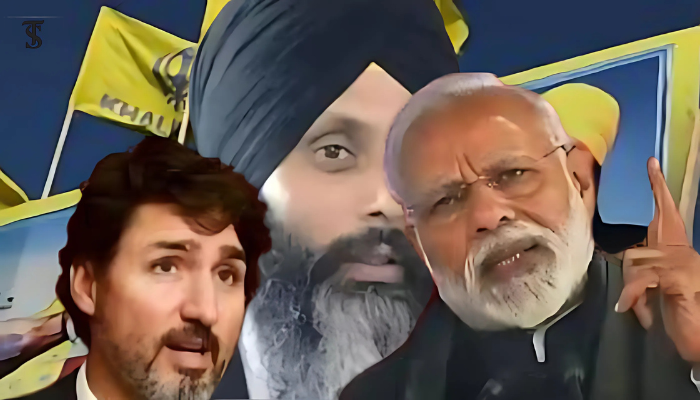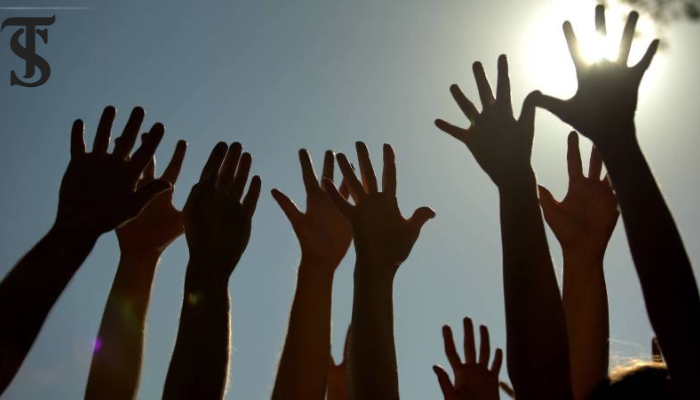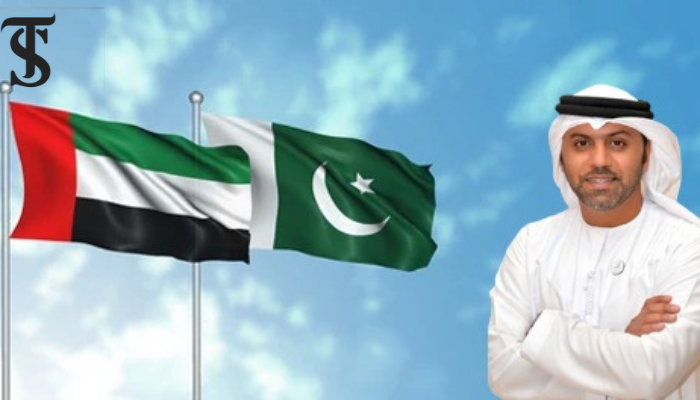India and Canada: Partners in Conflict

- Historical Tensions: India-Canada relations have been historically strained, with issues like the 1974 nuclear test and the Khalistan movement fueling friction.
- Escalating Diplomatic Crisis: The 2023 killing of Khalistan leader Hardeep Singh Nijjar in Canada led to severe diplomatic fallout, including mutual expulsions of diplomats and trade halts.
- Diplomatic Implications: Persistent allegations of espionage threaten India’s international credibility, risking potential isolation unless tensions are responsibly addressed.
India’s relations with its immediate neighbors—Pakistan, China, and Bangladesh—have often been marked by tensions since its inception. The country has also experienced fluctuating diplomatic ties with nations farther afield, such as Canada and the United States. Relations with the U.S. were occasionally strained, but such periods were short-lived and quickly thawed. This was also the case with Canada until 2023, when the killing of Hardeep Singh Nijjar, a leader of the Khalistan movement, on Canadian soil plunged India-Canada relations to unprecedented lows.
The turbulent history between India and Canada dates back to 1974, when India’s first nuclear test prompted Canada to accuse India of misusing fissionable material from the CIRUS atomic reactor it had provided in 1954, leading to a freeze in nuclear cooperation. Although tensions gradually eased, they have never reached the severity seen today.
A persistent source of contention between the two countries has been the Sikh-led Khalistan movement. Canada is home to around 800,000 Sikhs, the largest Sikh population outside of India, and this has fueled friction, especially since the 1980s when the Khalistan movement gained momentum. In 1984, Indian forces stormed the Golden Temple in Amritsar to suppress the separatist movement, resulting in thousands of Sikh deaths. Later that year, two Sikh bodyguards assassinated Indian Prime Minister Indira Gandhi in retaliation, sparking anti-Sikh riots across India.
The tensions escalated in 1985 when Air India Flight 182, bound from Montreal to Mumbai, was bombed over the Atlantic Ocean, killing over 300 people. Investigations linked the explosion to Canadian Sikh extremists retaliating for the Golden Temple attack. Although India had warned Canada of the risk, Canadian authorities allegedly disregarded the threat and later declined to extradite a prime suspect, further straining bilateral ties.
Relations improved in the 1990s as India’s economic reforms attracted Western interest, including Canada’s, resulting in a range of trade agreements and MoUs. This period of rapprochement, however, was interrupted by India’s 1998 nuclear tests, which led Canada, like other Western nations, to impose sanctions. Although tensions eased over time due to India’s growing economic significance, challenges continued to resurface.
In the US, prosecutors accused India of plotting to assassinate Gurpatwant Singh Pannun, a Sikh separatist leader, while the suspicious death of Avtar Singh Khanda in the U.K. and the killings of Harmeet Singh and Paramjit Singh Pajwar in Lahore in 2020 and 2024 have raised similar suspicions of Indian involvement.
The election of Canadian Prime Minister Justin Trudeau in 2015 added another layer of complexity. Known for his support among Canadian Sikhs, Trudeau stirred controversy when he stated he had more Sikhs in his cabinet than Indian Prime Minister Narendra Modi. During a state visit to India in 2018, Trudeau attended an event where he met with Jaspal Atwal, a convicted Khalistan activist, prompting a backlash in India. Further, in 2020, Trudeau expressed concern over protests by Indian farmers, which India’s foreign ministry deemed “unwarranted and ill-informed.”
The latest flashpoint emerged in June 2023 with the killing of Hardeep Singh Nijjar outside a Canadian temple, prompting Trudeau to accuse Indian intelligence of involvement in the incident. He raised the issue with Modi at the G20 summit, emphasizing that Canada would not tolerate foreign actors perpetrating violence on its soil. India rejected these accusations as “absurd and politically motivated.” This escalated into a diplomatic standoff. Canada paused trade negotiations and expelled Indian diplomats, prompting reciprocal action from India.
India, with a 1.3 million-strong Indian diaspora in Canada (4% of its population), claims shared democratic values and pluralism as the foundation of bilateral ties. However, India’s efforts to curb movements like Khalistan have strained these ties.
India also advised its citizens against traveling to Canada, citing safety concerns, and suspended visa issuance for Canadians. By October, Canada had withdrawn 41 diplomats from India after India canceled their diplomatic immunity. Trudeau later expelled six Indian diplomats, alleging direct involvement in the Najjar case and accusing them of gathering intelligence on South Asians in Canada. India responded by expelling an equal number of Canadian diplomats, calling the accusations “preposterous.”
The Khalistan movement has spurred similar allegations of Indian involvement beyond Canada, including in the US, UK, and Pakistan. In the US, prosecutors accused India of plotting to assassinate Gurpatwant Singh Pannun, a Sikh separatist leader, while the suspicious death of Avtar Singh Khanda in the U.K. and the killings of Harmeet Singh and Paramjit Singh Pajwar in Lahore in 2020 and 2024 have raised similar suspicions of Indian involvement.
Despite both nations being G20 and Commonwealth members and engaging in trade worth billions, their relationship has been unpredictable. India, with a 1.3 million-strong Indian diaspora in Canada (4% of its population), claims shared democratic values and pluralism as the foundation of bilateral ties. However, India’s efforts to curb movements like Khalistan have strained these ties. The persistent allegations of espionage and covert actions by Indian diplomats have exacerbated the situation. If India intends to maintain its diplomatic credibility, it must reconsider its approach. Without addressing these issues responsibly, India risks diplomatic isolation in the global arena.

Sajjad Hussain
The author is a freelance writer, having keen interest in politics and society.





